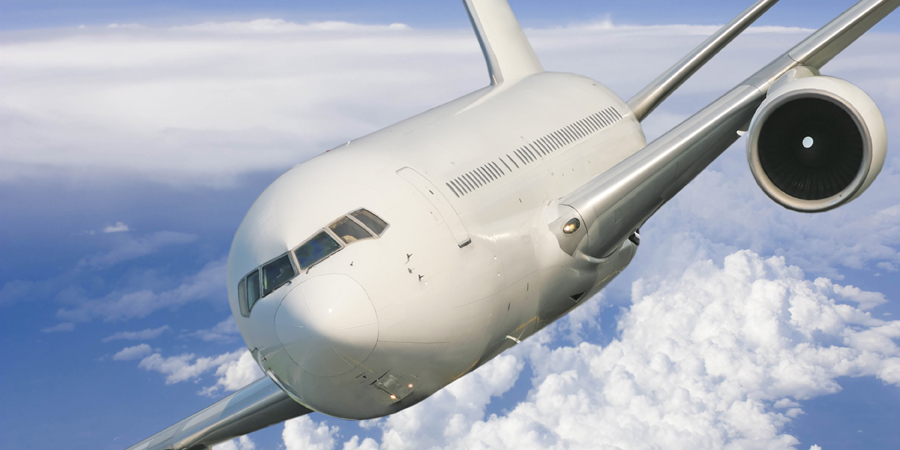
Recently, China joined governments in the Asia-Pacific region in rolling back travel restrictions to send off the COVID-19 pandemic, a sign that the aviation industry’s revival was well and truly taking off.
According to the Centre for Aviation (CAPA), Asia-Pacific international RPKs (revenue per passenger kilometre) – a key metric measuring demand for air transport – soared by 440 percent in October 2022 compared to the same period in the year before. And the international passenger load factor, which reflected the utilisation of airlines’ carrying capacity, reached 77.7 percent in October 2022 in the Asia-Pacific region – a 39.5-point increase year-on-year.
To capitalise on the commercial momentum, several law firms have started to beef up their regional aviation practices with major partner hires in Singapore. Since last July, ALB has tracked lateral partner hires in the aviation space for the likes of Kennedys, Reed Smith, Morgan Lewis & Bockius, Bird & Bird and Mishcon de Reya.
“The aviation industry in Southeast Asia continues to recover following the pandemic. For example, despite justifiably aggressive pre-pandemic expansion plans, low-cost carriers, like AirAsia, VietJet and Lion Air, suffered setbacks but their substantial narrowbody order books demonstrate their continued confidence in the region and the markets in which they operate,” says Anita Quy, head of aviation at Kennedys.
“The Russia-Ukraine conflict, and the impact it has had on oil prices and lessors with aircraft stranded in and around Russia owing to sanctions, has brought significant work to the region. Cargo numbers have stayed consistent despite rising freight costs, and the most encouraging sign is the uptick in passenger numbers,” she adds.
But it’s not all smooth sailing from here. Despite strong demand resulted from pent-up appetite for global travel and a shortfall in capacity, CAPA warns that these benefiting factors will likely be blunted by geopolitical and economic uncertainties in 2023. As a result, Southeast Asia’s aviation legal industry is faced with not only opportunities but also risks.
“The aviation legal market in Southeast Asia was hit very hard by prolonged border closures during the past few years. Borders have only been re-opened for the past couple of months, which has taken a lot of near-term pressure off the airlines, but the industry may take a while to return to full health. The immediate focus for many of these businesses will be a return to profitability,” says Ethan Tan, head of Mishcon de Reya’s Asia aviation practice, who joined the firm last July.
“I would expect a very significant increase in the number of flights operated, passenger loads and financial health generally for Southeast Asian carriers. However, the global recession risk and rising interest rates will present hurdles for airlines, and some may suffer as a result,” he adds.
Tristan Thompson, who in September left DLA Piper in London for Kennedys’ aviation team in Singapore, believes it’s mainly the risk factors that are fueling the hiring streak.
“The notable recent uptick in hires has been driven by geopolitical issues including rising fuel prices, personnel shortages, supply chain disruption and heavy inflation as well as the pandemic,” says Thompson. “Rather than stifling opportunities for lawyers, such challenging industry conditions increase demand as it is during this time that aviation and aerospace companies and their insurers need more support.”
For instance, Southeast Asia has witnessed several court-led debt restructuring by legacy carriers since last year to enhance efficiencies following the pandemic-induced traffic slump. Among them are Garuda, Malaysia Airlines, Thai Airways and Philippine Airlines.
As such, “there is a noticeable shift in priorities as a consequence of the pandemic driving claimants to pursue recovery of losses in a bid to improve their cash flow,” note Thompson and Quy.
That said, with the aviation industry steadily cruising towards a sustainable recovery, Tan expects transactional volumes and workflow for lawyers to increase in 2023 and beyond.
Quy also acknowledges the rising momentum in this space. “Singapore is one of Asia’s most connected cities with over 100 airlines flying to some 380 cities in about 80 countries and territories worldwide. There are positive signs of growth as we emerge from the pandemic with Singapore expanding its infrastructure to accommodate electric vertical take-off and landing vehicles, and with Seletar Airport being developed as a hub for these flying taxis by 2024,” she notes.
“Indonesia is also set to become the world’s fourth-largest air transportation market by 2036 with 251 airports, according to the International Air Transport Association (IATA),” she adds. “There is a special focus on sustainability and the environment as PT Pertamina, Indonesia’s state-owned oil and gas corporation, is developing a palm oil-based aircraft fuel to reduce carbon emissions in the country’s aviation sector.”


